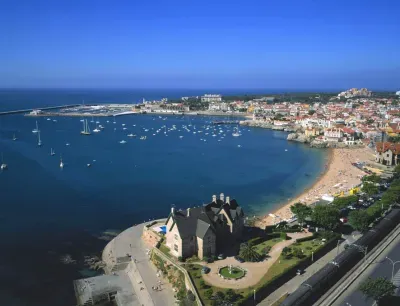Museum of the Sea
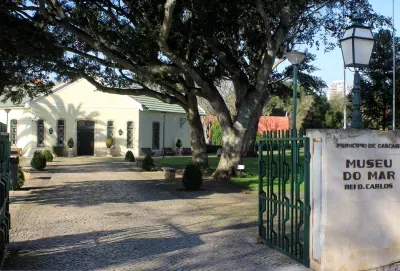
The Museu do Mar, Rei D. Carlos, to give it its full name; or the King Carlos Museum of the Sea is set near the centre of Cascais. It is a modern museum (opened in 1992) that embraces both traditional and modern multimedia style exhibitions.
Much of the museum's content relates to Cascais' relationship with the sea, although a good deal of this applies to the sea in general.
Cidadela de Cascais
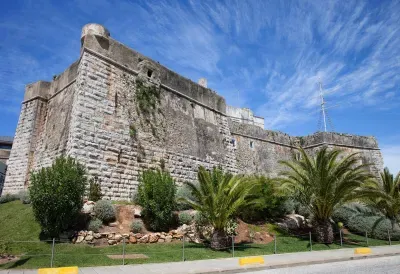
This 15th century citadel, overlooking Cascais marina at the mouth of the Tejo Estuary, has played a crucial role in the history of Portugal, having witnessed fights against pirates as well as battles against Spanish and French forces.
Cascais Marina
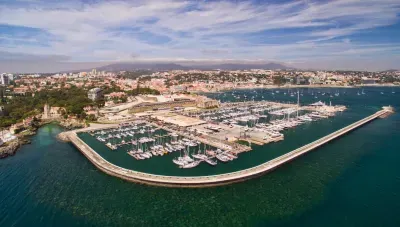
Cascais has a long-established seafaring tradition dating back to the Age of Discovery. The modern marina was only built in 1999, with the more recent additions of shops, high-end bars and restaurants. The marina in Cascais is the third largest in Portugal and has hosted a number of world-class sailing events including the America’s Cup World Series 2011 and the ISAF World Sailing Championship 2007.
Museu dos Condes de Castro Guimarães
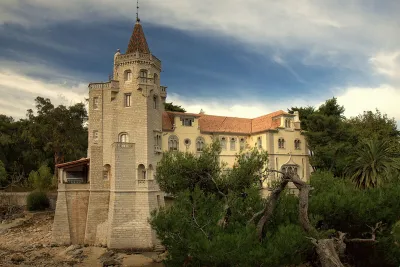
Set within the leafy grounds of the Parque Marechal Carmona is the Museu dos Condes de Castro Guimarães - the museum / library of the counts of Castro Guimarães. The museum is housed in one of the most imposing villas in Cascais, which is also known as the Tower of São Sebastião.
Santa Marta Lighthouse and Museum
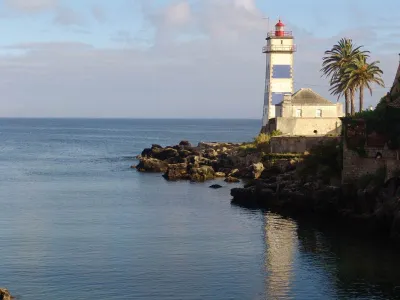
The easily recognisable Santa Marta lighthouse stands on what was once the southern tip of Cascais (the marina now extends beyond the point). Built in 1868 on the site of a 17th century fort the lighthouse only came into operation after the site was stripped of its military status.
Santa Marta's distinctive blue and white striped tower stands at 8 metres (25ft) tall and still stands guard over the mouth of the Tagus. Until 1981 it was manned continuously by lighthouse keepers, however these days the light is automated.
Boca do Inferno
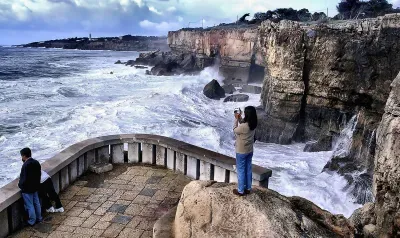
Literally translated, Boca do Inferno means the "Mouth of Hell". Whether this coastal rock formation near Cascais actually lives up to its name largely depends on the sea conditions. On a calm, sunny day it can be positively idyllic, however, when the full fury of an Atlantic storm is thrown this way the display can be awe-inspiring.
Boca do Inferno is located on the western edge of Cascais, around from the Santa Marta lighthouse. It is easily reachable from the town on foot but there is also plenty of parking here (and a restaurant) if you are driving.
Estoril Casino

Whilst maybe not quite as glitzy as Las Vegas the Casino in Estoril is reputed to be the largest in Europe. Whether or not this is still case the casino is definitely big, offering over 1,000 slot machines. Game tables include roulette, blackjack, banca francesa, punto banco, baccarat and poker.
In addition to the gambling on offer the casino is also an entertainment venue with events held in the 1,000 seat Salão Preto e Prata There is also an auditorium where concerts are held and an art gallery with permanent painting and sculpture exhibitions.
Convento dos Capuchos
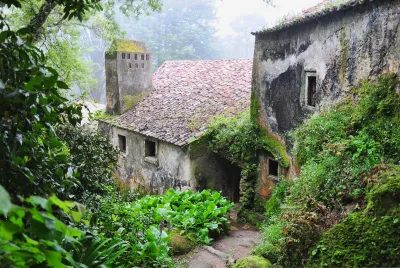
If you’re looking to escape from Sintra's well-trodden tourist hotspots, and find a quiet, contemplative spot, this former monastery is just the spot. Almost hidden in a shroud of greenery, it gives a glimpse of the simple lifestyle of 16th century Franciscan monks and an opportunity to get away from it all.
Pena National Palace
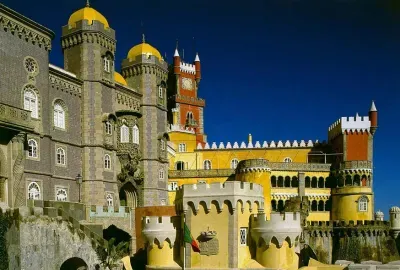
Fairytale castle meets Disney palace set on top of the hill high above Sintra. This UNESCO World Heritage Site is one of the finest examples of 19th century Romanticism anywhere in the world
Castle of the Moors
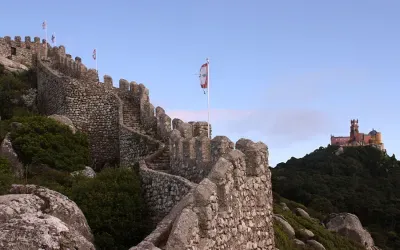
Situated on a high hilltop above the town of Sintra the site does indeed date back to the Moorish occupation of Portugal. The walls and towers that you see now though are the Romantic/decorative work of the 19th century King Ferdinand II
